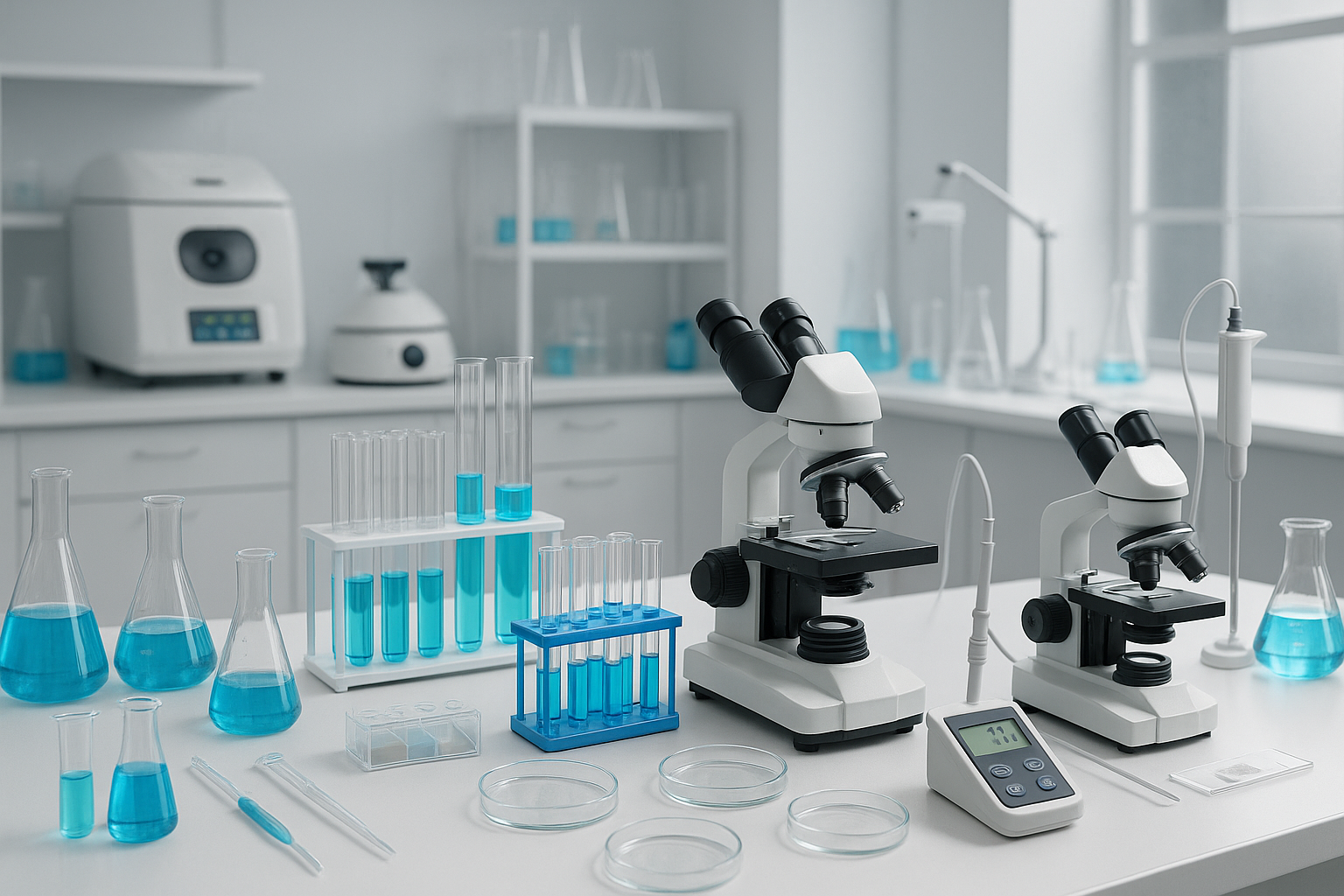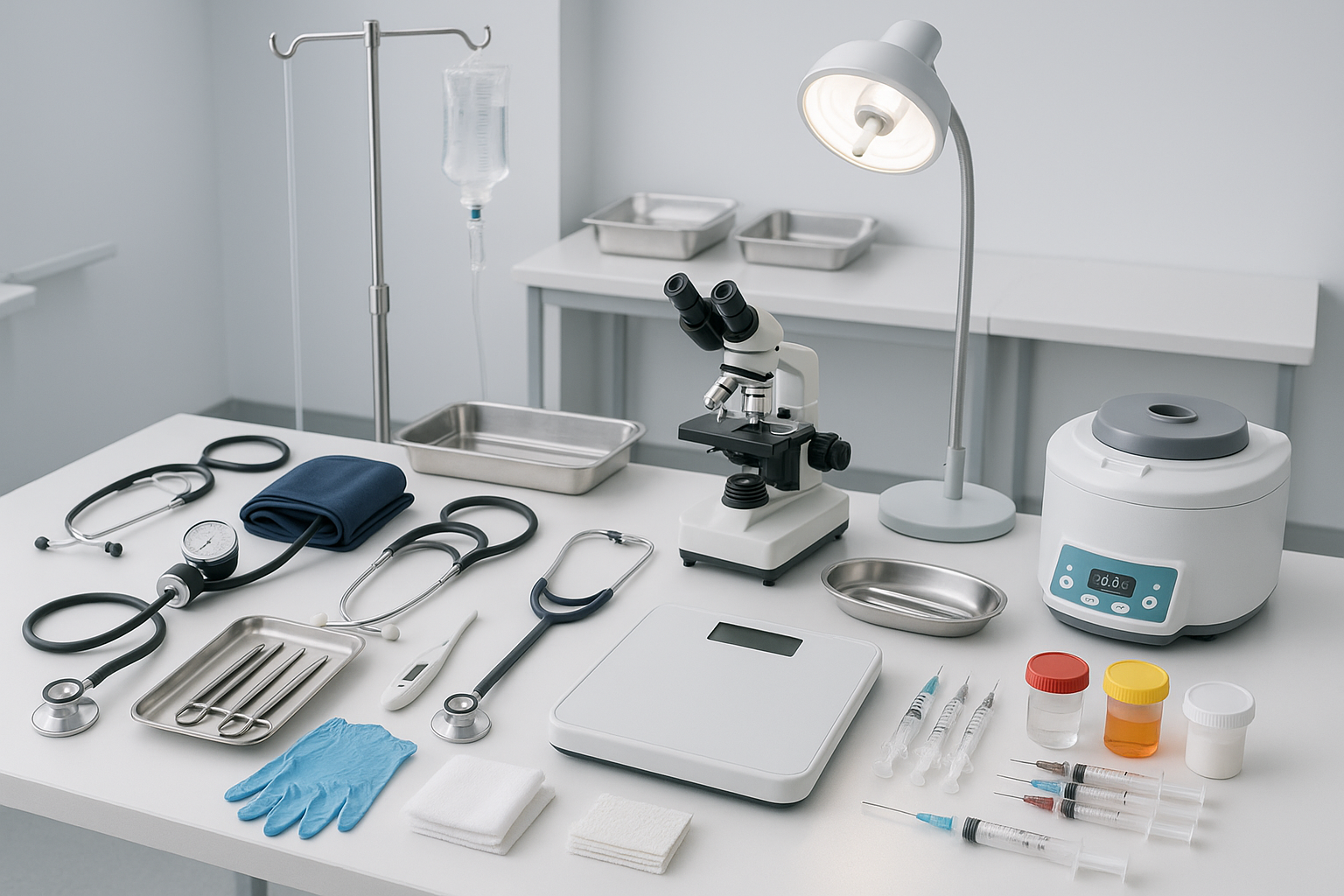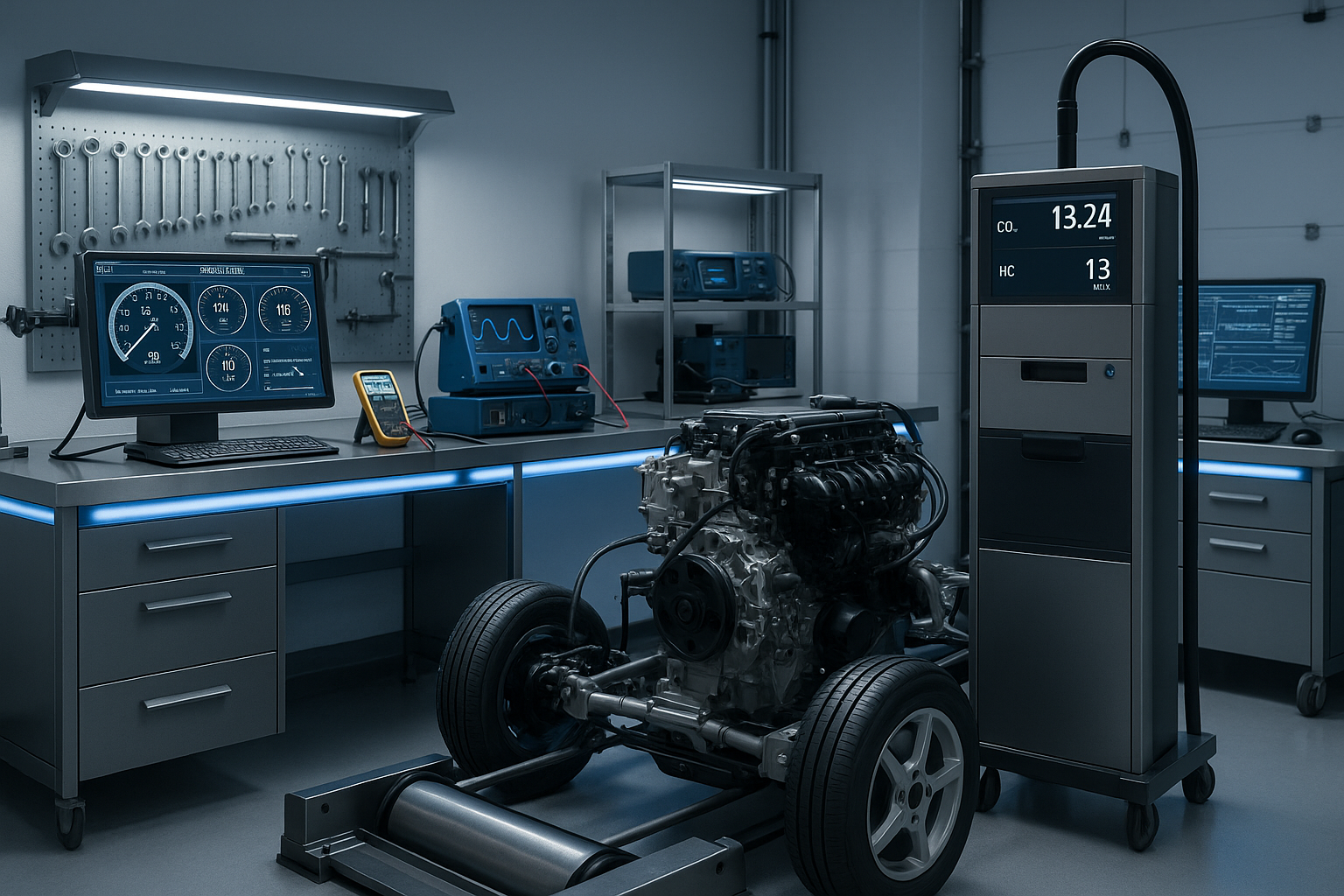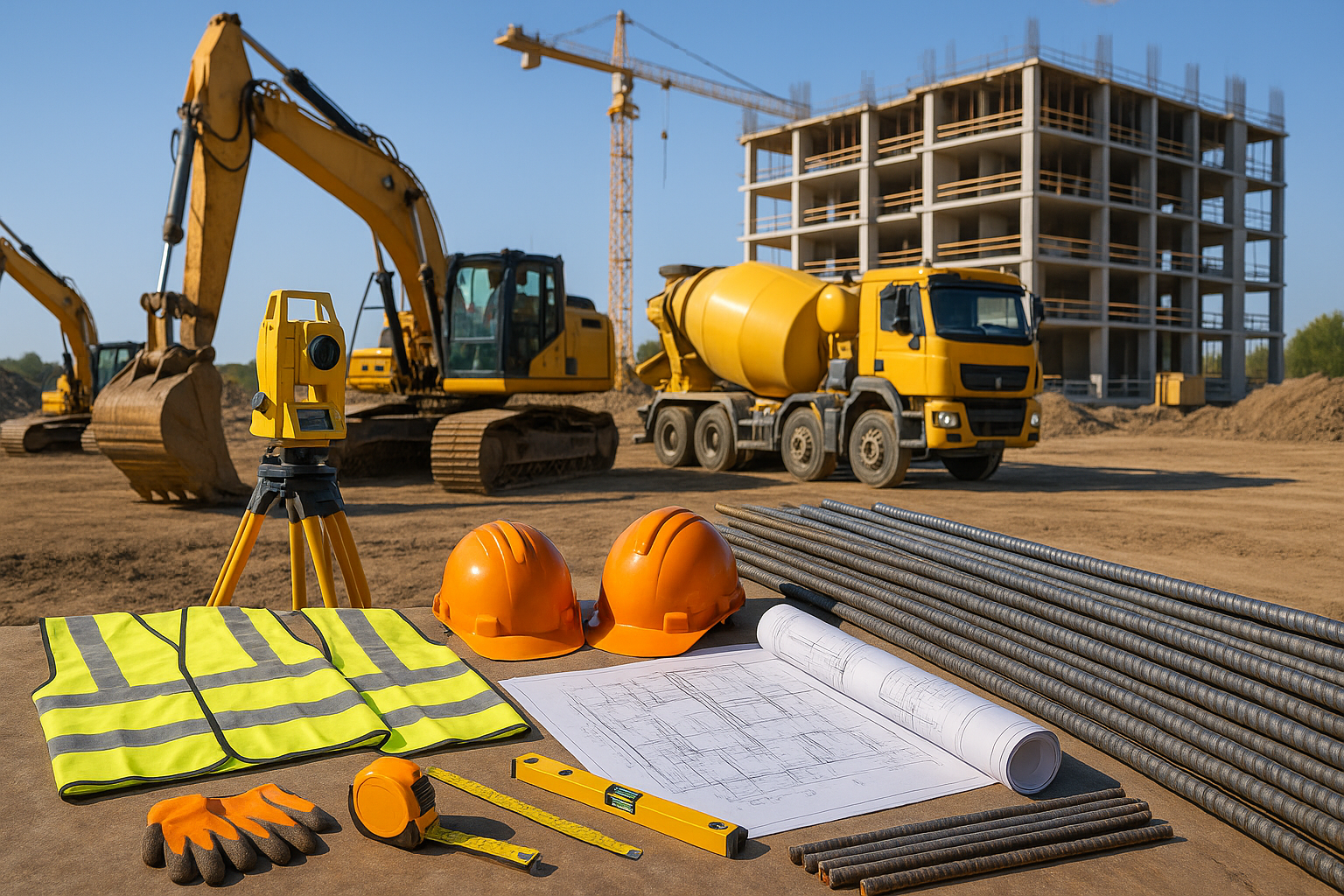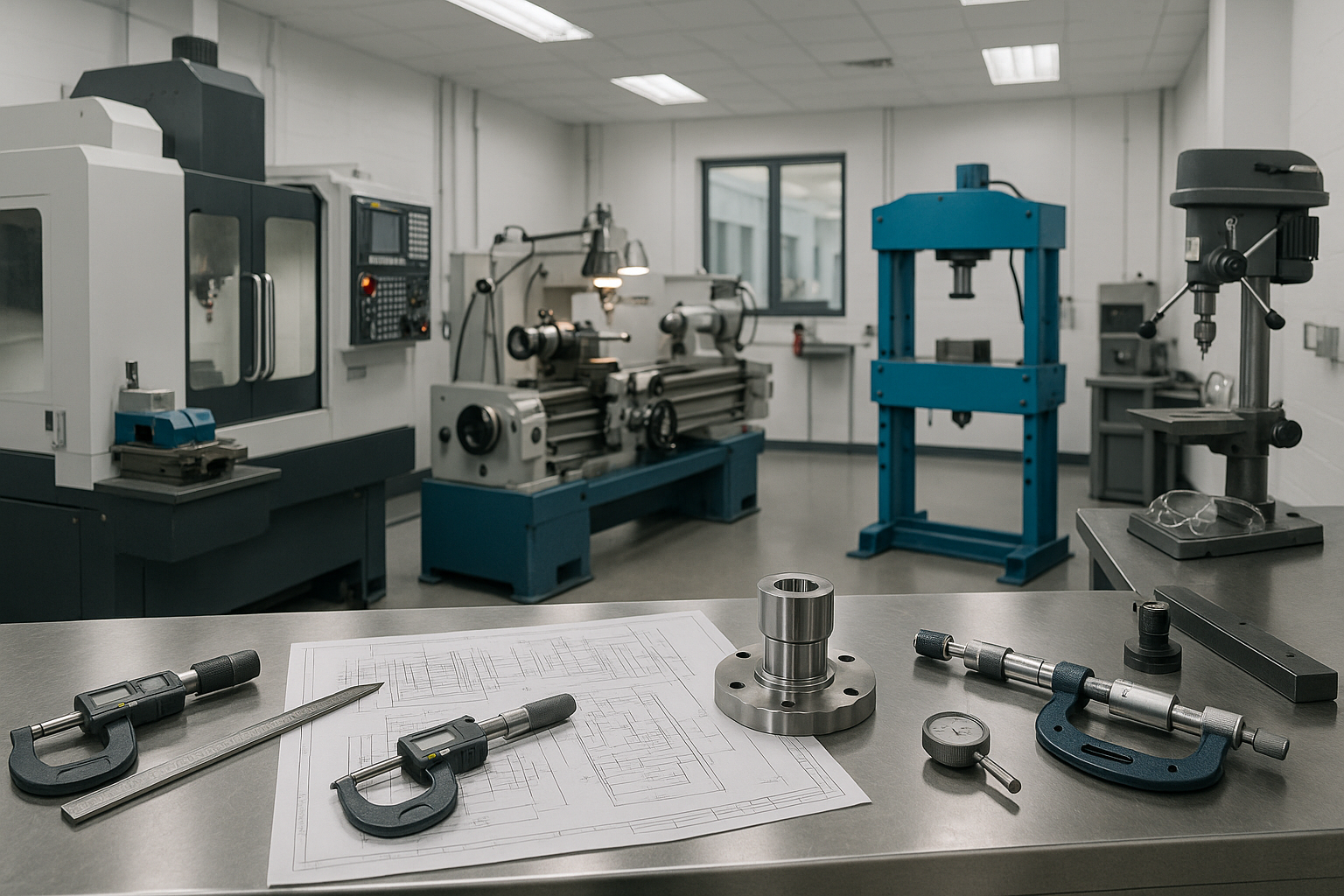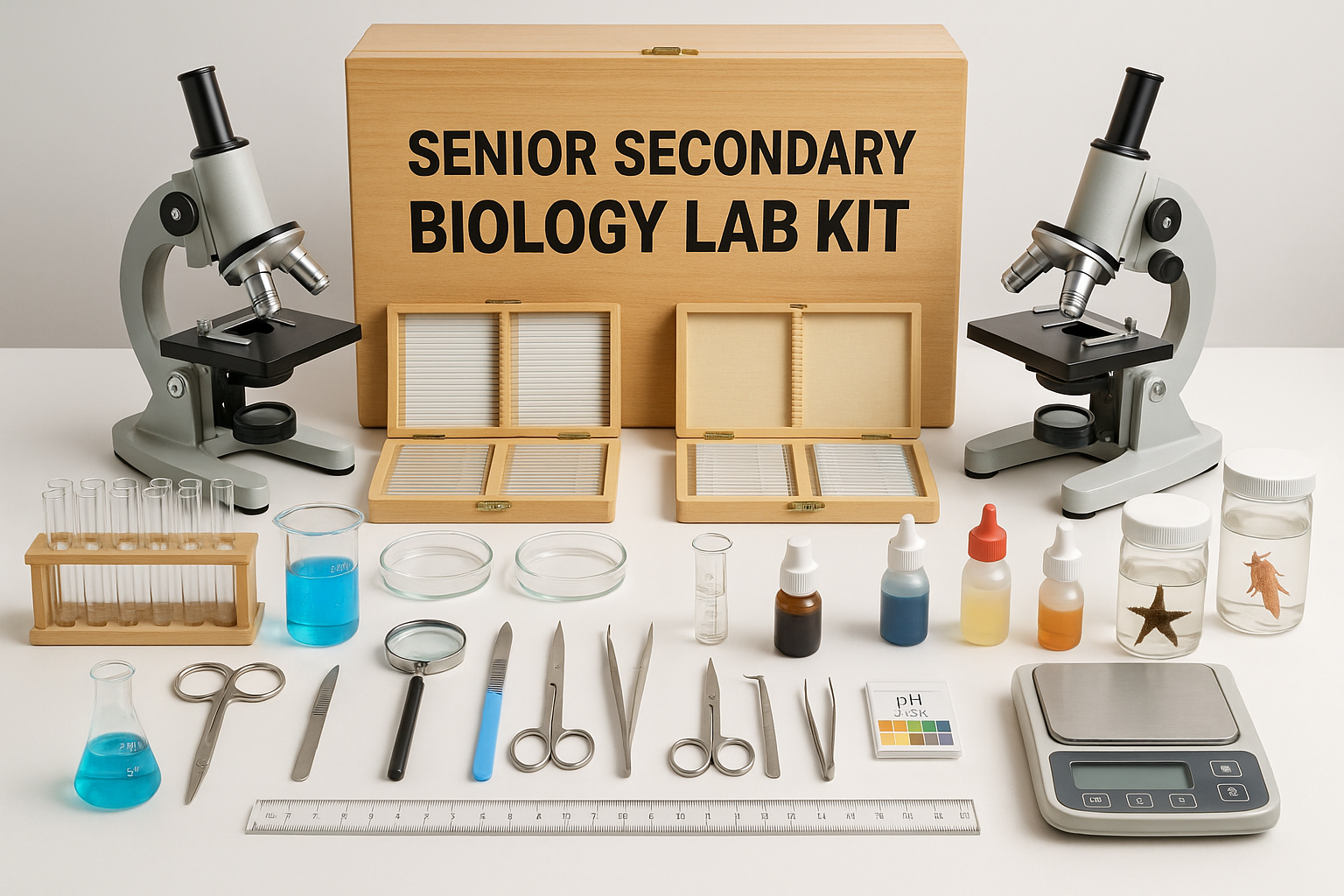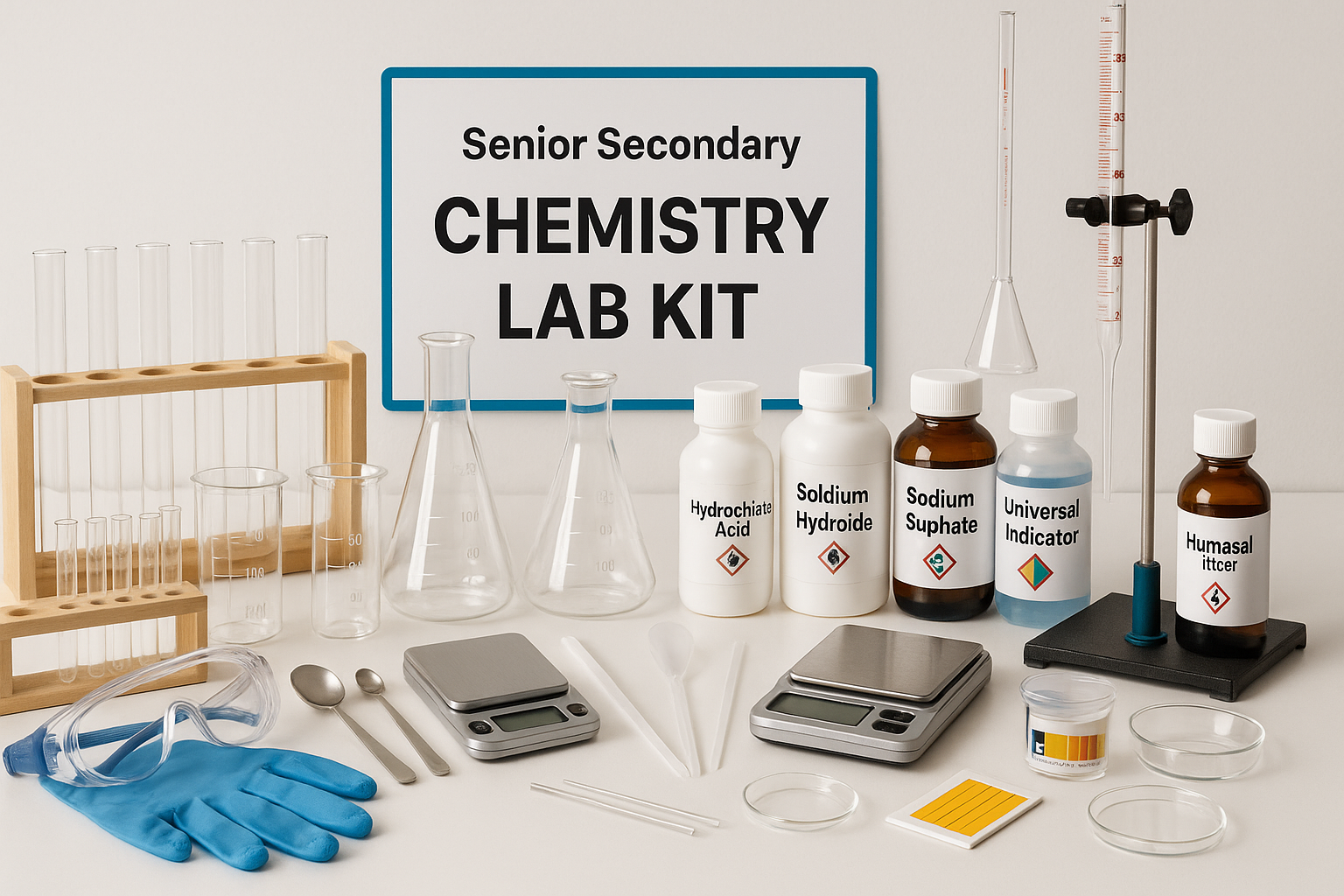Laboratory Equipment List: Essential Tools for Every Lab
In any scientific endeavor, having the right tools is crucial for achieving accurate results and maintaining safety. A comprehensive laboratory equipment list is essential for any lab, whether it's a small research facility, an educational institution, or an industrial laboratory. This list encompasses a wide range of essential tools that allow scientists and researchers to conduct experiments, analyze samples, and synthesize new compounds effectively.
Laboratory Equipment list-laboratory instruments list
A microscope is a very basic and needed equipment in the biology laboratory. A simple light microscope (compound microscope) is the one, which is mostly used in schools and colleges and it uses natural or artificial light and a series of magnifying lenses to observe a tiny specimen. Below is the schematic diagram of a compound microscope with details of its parts:

A microscope operates on the principles of refraction of light, and takes advantage of how convex lenses bend light. There are generally two lenses - objective and oculus. The objective stays very close to the sample to be seen and makes a virtual large image of it. The oculus stays close to the eye and enlarges the previous image even further, and we see that more ...
The next very common apparatus is the test tube. They are usually cylindrical pipes made up of glass, with a circular opening on one side and a rounded bottom on the other side. They come in different sizes but the most common standard size is 18*150 mm. Test tubes are one of the most important apparatus as they are functional from storing to mixing reagents in any chemical or biological reactions.
Test tubes come in various sizes and shapes, including plastic tubes used in medical labs. But in most cases what you will see are the above kind of test tube which is most widely used. You may also get to see sample collection tubes if you're giving blood for some pathological examination more..

Beakers are another cylindrical utensil made up of glass, with a flat bottom and an upper opening, which may or may not have a spout. They are of varying sizes and are used to hold, heat, or mix substances with the proper measure. Beakers come in every size from tiny 20 ml cups to liter-sized buckets, and everything in between - but 250-500 ml beakers are most common.

Beakers are very much favored in labs because of their ease of use. With the flat bottom and straight sides, they are very stable on most surfaces and best for boiling stuff safely; and with the large opening, you can pour things in or out of it, or stir the contents. However, that large opening also makes it unsuitable for storage purposes - use flasks for that more...
A magnifying glass is one of the first introduced lab equipment among the students. As the name suggests, it is used to view enlarged or magnified images of objects or read the small calibrations marked on many equipments. It has a convex lens for object enlargement and usually has a wooden handle to hold it.
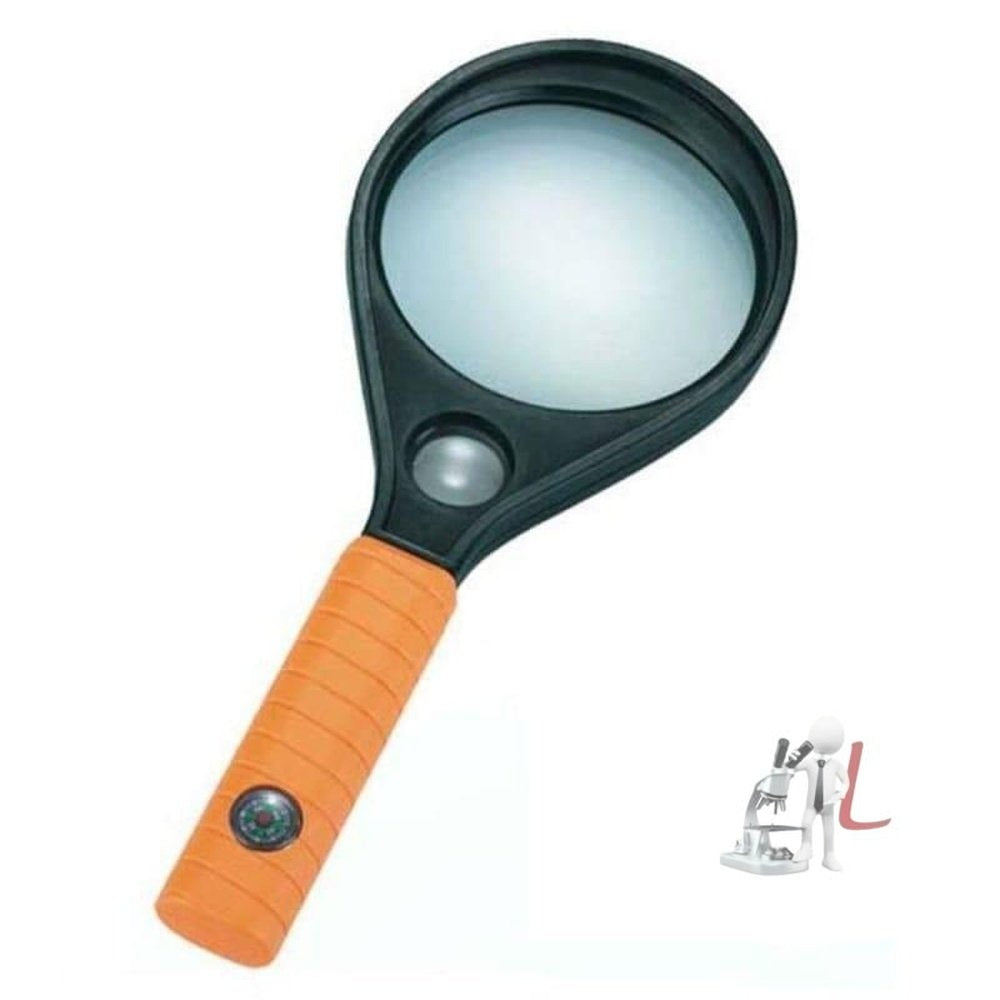
A magnifying glass works with the principle of virtual image creation due to the refraction of light. The centerpiece of a magnifying glass is a convex lens (a round slab of glass fat in the center and progressively slender towards the edges). When light passes through it, a larger-than-life image of the objective is created behind it, which we see from the other side of the glass. The wooden or plastic handle, attached to the lens with a metal or plastic rim, helps you to hold the magnifying glass steadily more..
The essential items on a laboratory equipment list can vary depending on the specific field of research—be it biology, chemistry, physics, or engineering. However, there are several core pieces of equipment that are universally applicable across different laboratory settings. Each instrument plays a unique role in the laboratory environment, contributing to the efficiency, safety, and reliability of experimental outcomes.
As you begin to build or update your laboratory equipment list, it's critical to consider various categories of equipment. This blog will cover essential instruments, lab supplies, safety gear, and specialized tools required for specific scientific tasks. Let's delve deeper into the core components of an effective laboratory setup.
Glassware
Glassware is an integral part of any laboratory. Items such as beakers, flasks, test tubes, and petri dishes allow scientists to mix, heat, or store substances securely. Each type of glassware has its unique design and purpose. For example, volumetric flasks are designed for precise dilutions and preparation of standard solutions, while Erlenmeyer flasks are ideal for swirling liquids without risk of spillage.
Measuring Instruments
Precision is critical in scientific research, which places great importance on measuring instruments within your laboratory equipment list. Balances for measuring mass, pipettes for precise liquid transfers, and syringes for accurately dispensing small amounts are vital. Additionally, spectrophotometers can quantify properties of light and are essential in many chemical analysis procedures.
Safety Equipment
Ensuring a safe working environment should always be a priority in any lab. Essential safety equipment should also be included in your laboratory equipment list. This includes personal protective equipment (PPE) such as lab coats, goggles, gloves, and face shields to protect users from chemical splashes and other hazards. Safety stations featuring eyewash stations and fire extinguishers are also critical components of a well-equipped laboratory.
Heating Devices
Many experiments require the application of heat. Thus, heating devices such as Bunsen burners, hot plates, and ovens should find a place on your laboratory equipment list. Each of these heating devices has its specific applications—from sterilization processes to chemical reactions requiring controlled heating.
Cooling Systems
Conversely, some experiments require temperature control through cooling. Refrigerators, freezers, and cooling baths are necessary to store sensitive samples, particularly in biological and chemical research. These cooling systems must be reliable to ensure that samples remain stable and uncontaminated.
Ventilation Equipment
Proper airflow is essential in laboratory settings, particularly when handling hazardous substances. Fume hoods and ventilation systems are critical components of any laboratory equipment list. They help to remove toxic vapors and provide a safe working environment for researchers.
Computational Tools
Lastly, in today's digital age, computational tools play an essential role in laboratories. Computers equipped with specialized software for data analysis, modeling, and simulation are invaluable. This equipment allows researchers to analyze large sets of data efficiently and share their findings with the broader scientific community.
In conclusion, maintaining a comprehensive laboratory equipment list is indispensable for smooth laboratory operations. Each category of equipment fulfills distinct but overlapping roles in ensuring that experiments are conducted safely, accurately, and efficiently. Regularly reviewing and updating this list will enhance research capabilities, improve safety standards, and foster an environment conducive to innovative scientific discoveries.
Take the time to evaluate the specific needs of your lab and tailor your laboratory equipment list accordingly. Establishing a well-rounded and functional laboratory setup today will lay the foundation for success in your scientific endeavors tomorrow.


